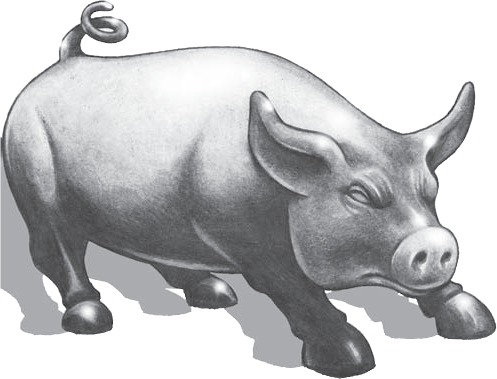Returning to the Scene of the Crime
A Post-Crisis Update
Hegel was right when he said that we learn from history that man can never learn anything from history. | ||
| --George Bernard Shaw | ||
The collapse of Bear Stearns in March 2008 set the stage for the worst financial crisis since the Great Depression. One year later, when I turned in the final version of this manuscript, fear was peaking nationwide. A cyclical recession combined with a collapse in commercial credit and a crash in real estate to create massive economic turmoil. Equity markets were in free fall. From its October 2007 peak near 14,200, the Dow crashed more than 7,600 points to about 6,500 by the time it bot-tomed in March 2009. Majorindexes had been cut in half, and then some.

Over that time line, we witnessed the single greatest transfer of wealth the world had ever seen. A panic-stricken Uncle Sam shoveled trillions of dollars from taxpayers to inept management and their hapless shareholders. The prime beneficiaries of this governmental largesse were the insolvent companies that had created the crisis in the first place, along with their bondholders and creditors.
As the hardcover version of this book went to press, I assumed a phalanx of new prophylactic measures was imminent. How could the re-regulation of the banking sector, a deleveraging of capital markets, and meaningful reform of Wall Street not soon become the law ...
Get Bailout Nation: How Greed and Easy Money Corrupted Wall Street and Shook the World Economy now with the O’Reilly learning platform.
O’Reilly members experience books, live events, courses curated by job role, and more from O’Reilly and nearly 200 top publishers.

